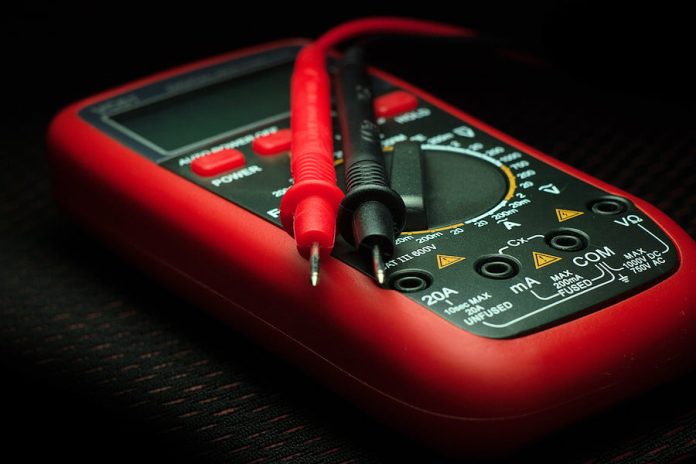I found myself working with coax recently – the system has a couple of existing analogue cameras the client wants to keep – and I was having trouble working out how to troubleshoot a possible cable break. Is there an easy way to manage this?
A: You can search for a coax break with a simple capacitance test – a multimeter determines capacitance by charging a capacitor with a known current, measuring the resulting voltage, then calculating the capacitance.
Capacitance is the property of a system of conductors and dielectric that allows the storage of electricity when potential difference exists between the conductors. Its value is expressed as the ratio of a quantity of electricity to a potential difference and a capacitance value is always positive. Simply put, capacitance is a measurement of a cable’s ability to store an electrical charge expressed in picofarads per foot (pF/ft).
For the purposes of this test what you need to do is establish the capacitance of the coax (in the case of RG-59U it’s 53.1 picofarads per metre) and you multiply this figure by the known length of the cable run. Once you have the nominal pf value of the cable run, attach the capacitance tester to the end of the coax cable and then divide the reading you get by 53.1. If the reading is different from the total capacitance of the cable, then this figure gives you the exact distance in metres from the point you tested to a break in the cable.
Another technique you can use with a capacitance test if you think the break may be at one end or the other, is to take a reading from each end of the cable. One end may show a large pf reading while the other end has virtually no reading at all. In this case the cable break is at the end with the small reading.
#securityelectronicsandnetworks.com









